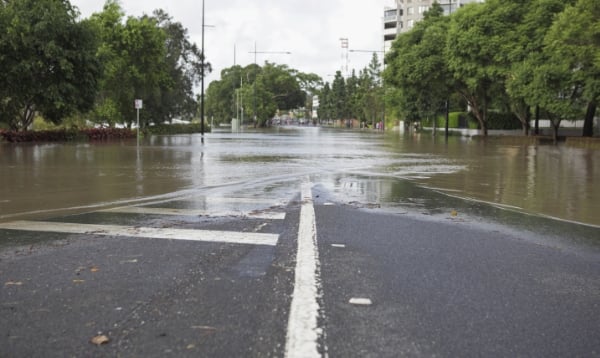One of the regular topics of this blog has been the importance of having the best data for the job when trying to understand risk, as well as understanding what can and can’t be done with the data at hand. Earlier this month (March 2015), there was a fantastic case study showcasing this principle in action in the U.K. flood insurance market.
Ivan Maddox
Recent Posts
Case Study: The Real Impact of Better Data on Flood Insurance
Posted by Ivan Maddox on Mar 26, 2015 10:42:00 AM
Topics: Flood Insurance, Risk Management
Claims Leakage vs. Underwriting Leakage: Similarities and Differences
Posted by Ivan Maddox on Mar 24, 2015 1:25:39 PM
While researching underwriting leakage for an earlier blog post, I discovered another, more prominent type of leakage in insurance: claims leakage. While these two concepts are similar in nature, there is a fundamental difference between them that is worth exploring.
What is the difference between claims leakage and underwriting leakage?
- Underwriting leakage is the gap between optimal and actual underwriting (selection, pricing, and conditions).
- Claims leakage is the gap between optimal and actual settlement of a claim (payment of the claim according to the policy, correctly offsetting the loss).
Put another way: Underwriting leakage is a result of the inability to predict the future, while claims leakage is a result of the inability to accurately assess the past. Leakage is a fundamental concept for insurers because the insurance business is comprised of certain costs and assets balanced with uncertain liabilities. No other non-speculative business is so dependent upon an ability to know the unknowable.
Topics: Insurance Underwriting, Risk Management
The Challenges of Risk Modeling for Severe Convective Storm
Posted by Ivan Maddox on Mar 19, 2015 3:52:00 PM
Severe Convective Storm is, generally speaking, the type of storm responsible for damage from tornado, hail, “straight-line” wind (i.e., not a tornado), and lightning. (For a more thorough, academic definition of SCS I will point you toward the American Meteorological Society.) Recently, I have begun researching how to present risks related to SCS in the USA and Canada, and I've come across some interesting challenges.
Modeling these types of natural events to a level where individual properties can be evaluated is not easy, if it’s even possible. There is no direct influence from anything in a fixed location (terrain, vegetation, etc.) — all the primary drivers are atmospheric. So, unlike flood or wildfire, SCS risk models need to portray the likelihood of an event that could happen anywhere (within certain bounds). Not an easy task.
Topics: Natural Hazard Risk, Natural Catastrophe, Other Risk Models
Over the past few weeks, I published a series of blog posts comparing InsitePro™ to RiskMeter Online™. Readers might have been wondering why anything but RiskMeter is needed for flood risk assessments in the United States, where FEMA ratings dictate flood insurance rates. The reason is that times are changing, and more and more carriers are moving into private (i.e., not backed by the NFIP) flood coverage, where FEMA ratings — and thus RiskMeter — are no longer adequate.
Topics: InsitePro, Flood Insurance, Insurance Underwriting
How to Choose Optimal Elevation Data for National Flood Models
Posted by Ivan Maddox on Mar 12, 2015 11:57:00 AM
As I’ve mentioned before, one of the key ingredients for a dependable flood model is elevation data. But with a wide range of elevation data available, how do you select the dataset that will help you build the right flood model for the task at hand — and do so in an efficient, cost effective way? This blog post takes a look at that question for national flood model initiatives.
Topics: Flood Modeling, Terrain Data





